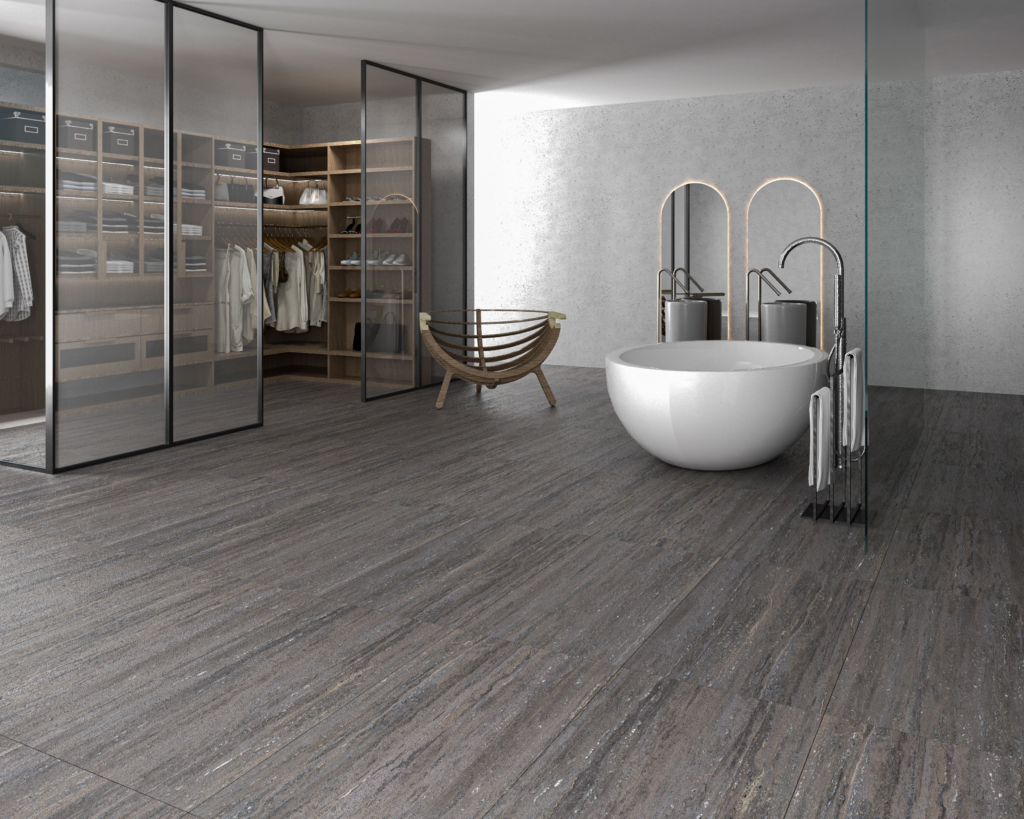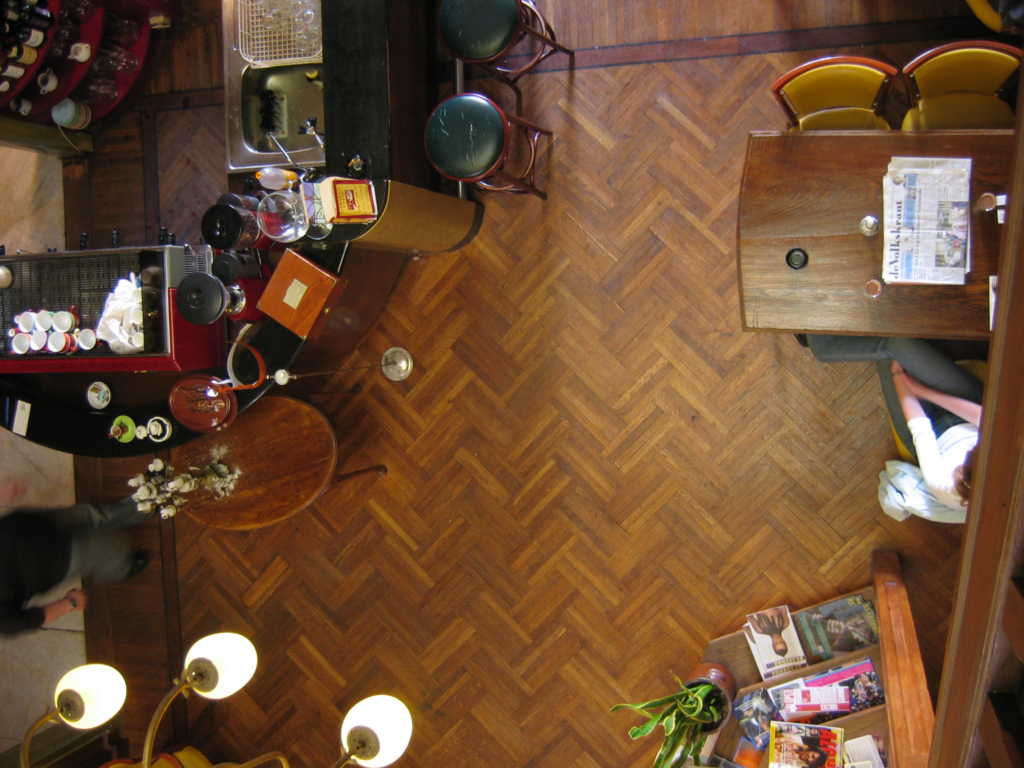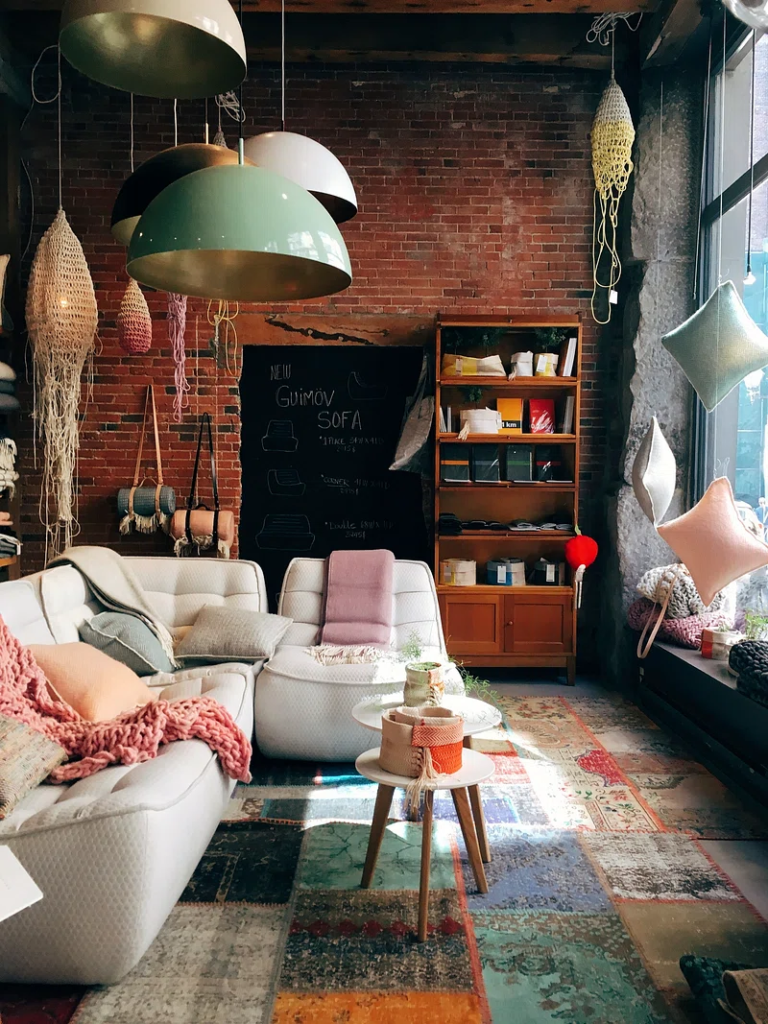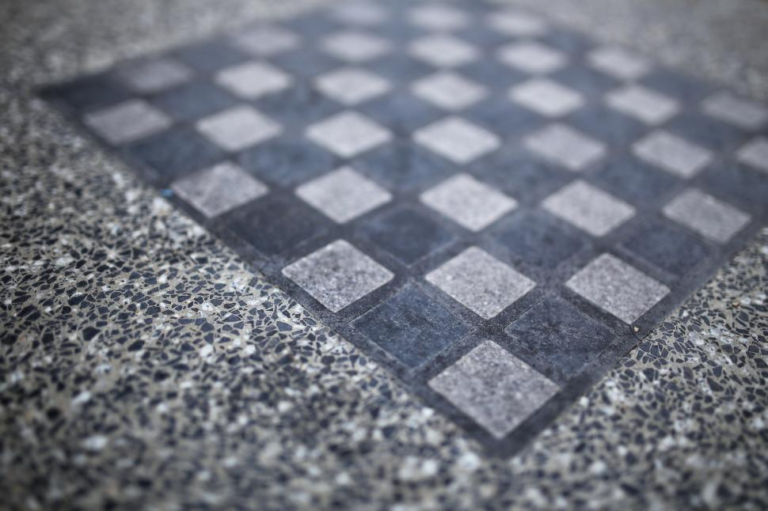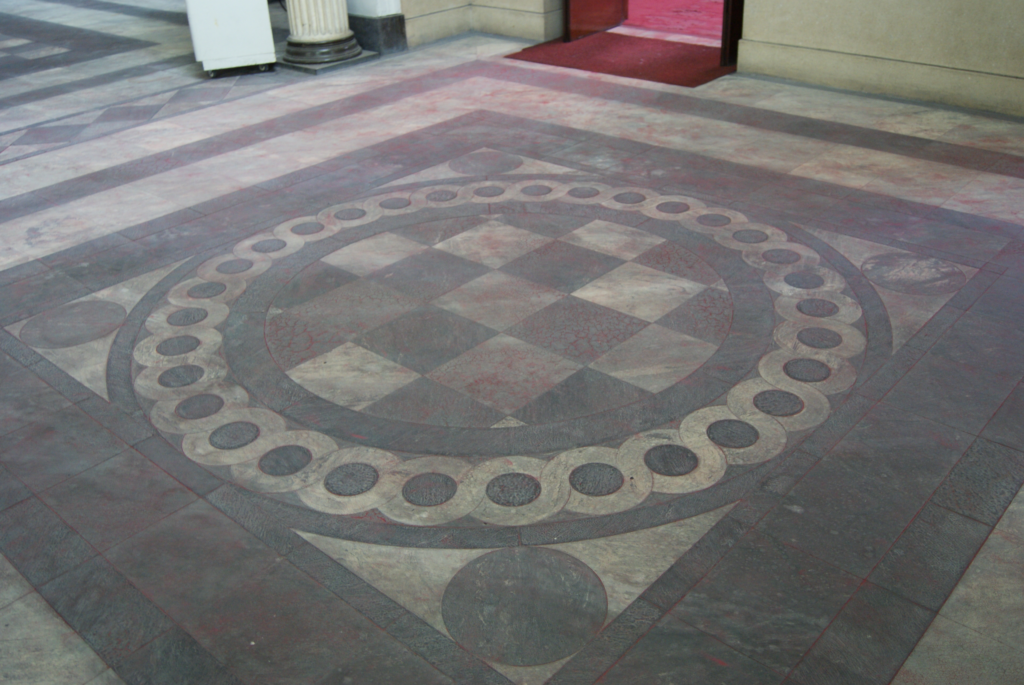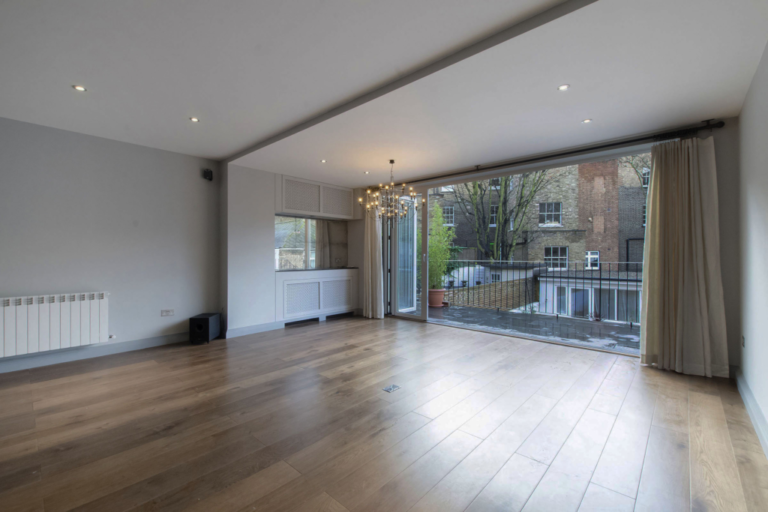Table of Contents
“What is the best timeless kitchen flooring?” Within the field of interior design, the kitchen is a crucial area where practicality and style meet. Flooring is unquestionably one of the key components that defines kitchen design. It is crucial to make an informed choice because the flooring material not only establishes the overall tone of the room but also withstands daily wear and tear. What is the best timeless kitchen flooring? is an inevitable question that arises in the search for the ideal kitchen flooring solution.
Examining Timeless Beauty with Hardwood Floors
“What is the best timeless kitchen flooring?” According to this in kitchen design, hardwood flooring is a timeless symbol of luxury. Hardwood flooring, renowned for its inherent warmth, appeal, and adaptability, exudes a feeling of refinement while bringing a rustic character to the room. Its rich hues and diverse grain patterns give any kitchen depth and personality while standing the test of time and passing down through the generations.

Adopting Sturdiness: Porcelain Tiles
“What is the best timeless kitchen flooring?” According to this porcelain tiles are an appealing option for kitchen flooring if you’re looking for a well-balanced combination of endurance and style. Porcelain tiles, which are designed to endure the rigors of high-traffic areas, provide unmatched resistance to stains, scratches, and moisture infiltration. With so many different patterns, textures, and finishes to choose from, homeowners may personalize the atmosphere of their kitchen to suit their own tastes in style.

Embracing Eternal Beauty: Natural Stone Flooring
“What is the best timeless kitchen flooring?” According to this naturally beautiful and incredibly durable, natural stone flooring embodies ageless charm and enduring attraction. Natural stone displays a feeling of eternal grandeur that surpasses fads, whether it is the raw sophistication of slate or the classic grace of marble. Natural stone flooring is not only very beautiful but also quite durable, which makes it a great option for kitchens where design and practicality coexist harmoniously.

Revealing Eco-Friendly Flooring as Sustainable Solutions
Eco-friendly flooring becomes an appealing choice for environmentally conscious homes in a time of increased environmental awareness. Eco-friendly materials like bamboo, cork, and reclaimed wood provide beautiful, natural, and sustainable options. By choosing environmentally friendly flooring options, homeowners not only lessen their impact on the environment but also give their kitchens a timeless sense of ethical beauty.

Managing Realistic Considerations: Cost-Effective Choices
Though the search for classic kitchen flooring ideas frequently conjures up ideas of luxury and magnificence, pragmatic factors always come first. Vinyl flooring offers consumers on a tight budget a less expensive option without sacrificing performance or design. Thanks to technological developments, vinyl flooring now resembles natural materials in appearance and texture, providing an affordable option without compromising longevity or aesthetic appeal.
Taking Maintenance and Durability Into Account
It’s important to take longevity and maintenance requirements into account when choosing kitchen flooring. Even though hardwood flooring is lovely, it might need to be refinished every so often to keep its shine. Conversely, porcelain tiles offer low-maintenance durability and simply need to be cleaned on a regular basis to maintain their aesthetic. Even though natural stone flooring is beautiful, it might benefit from routine sealing to keep stains and moisture out. Comprehending the upkeep requirements of various flooring alternatives may assist homeowners in making well-informed choices that complement their tastes and way of life.
Examining Design Versatility
When selecting kitchen flooring, design versatility is just as important as durability and appearance. From classic to modern, hardwood flooring has a timeless appeal that goes well with many different design motifs. Customization and artistic expression are made possible by the variety of sizes, shapes, and patterns available in porcelain tiles. Any kitchen area is elevated and made more sophisticated with natural stone flooring, which also acts as a flexible backdrop for a variety of design components. Through an exploration of the diverse flooring materials available, homeowners may design a visually appealing and coherent kitchen space that is a reflection of their individual tastes and personalities.
Assessing Underfoot Feel and Comfort
When choosing kitchen flooring, comfort and underfoot sensation are just as important as durability and beauty. Hardwood flooring is the best option for homeowners who stand a lot in the kitchen because it offers a cozy, welcoming surface that is pleasant underfoot. In warmer climates, natural stone flooring feels cold and invigorating, while porcelain tiles give a strong and supporting surface. Homeowners may make sure that their flooring choice improves the kitchen’s aesthetic appeal and function by considering comfort and underfoot sensation.
Including Personal Preferences and Trends
Although classic elegance is still a guiding concept in kitchen design, bringing in contemporary styles and personal tastes may give the area personality and flair. You may customize kitchen flooring in a variety of ways to create a statement, from striking color schemes to elaborate tile patterns. Homeowners can create a kitchen setting that represents their individual style and personality while adhering to a timeless aesthetic foundation by keeping up with changing trends and incorporating their particular likes.
Recognizing the Complexity of Installation
Installing the flooring in the kitchen requires careful consideration of its complexity. Because hardwood flooring involves precise fitting and finishing procedures, expert installation is usually necessary. Despite being strong and adaptable, porcelain tiles may sometimes require expert installation and grouting. Natural stone flooring can be difficult to install because of its uneven shapes and range of thicknesses; skilled artisans are needed to guarantee stability and correct alignment. A flawless and hassle-free installation process may be achieved by homeowners by making informed judgments and allocating the necessary resources after learning about the installation complications of various flooring options.
What is the best timeless kitchen flooring?-Conclusion
There are a plethora of options available when searching for the best timeless kitchen flooring, each having its own special combination of durability, style, and usefulness. Whether you choose the classic style of hardwood, the everlasting beauty of natural stone, or the environmentally friendly philosophy of sustainable materials, the perfect flooring option is waiting to take your kitchen’s design to new levels of refinement and appeal.
Upgrade your kitchen area with flooring that is timeless and doesn’t fade with the trends. Make an investment in high-quality materials that will not only improve the kitchen’s aesthetic appeal but also gracefully and resiliently withstand the rigors of regular use. Let your kitchen flooring express your personal style and serve as a reminder of classic elegance, whether you choose the sleek sophistication of porcelain tiles, the rustic beauty of natural stone, or the classic attractiveness of hardwood.

















